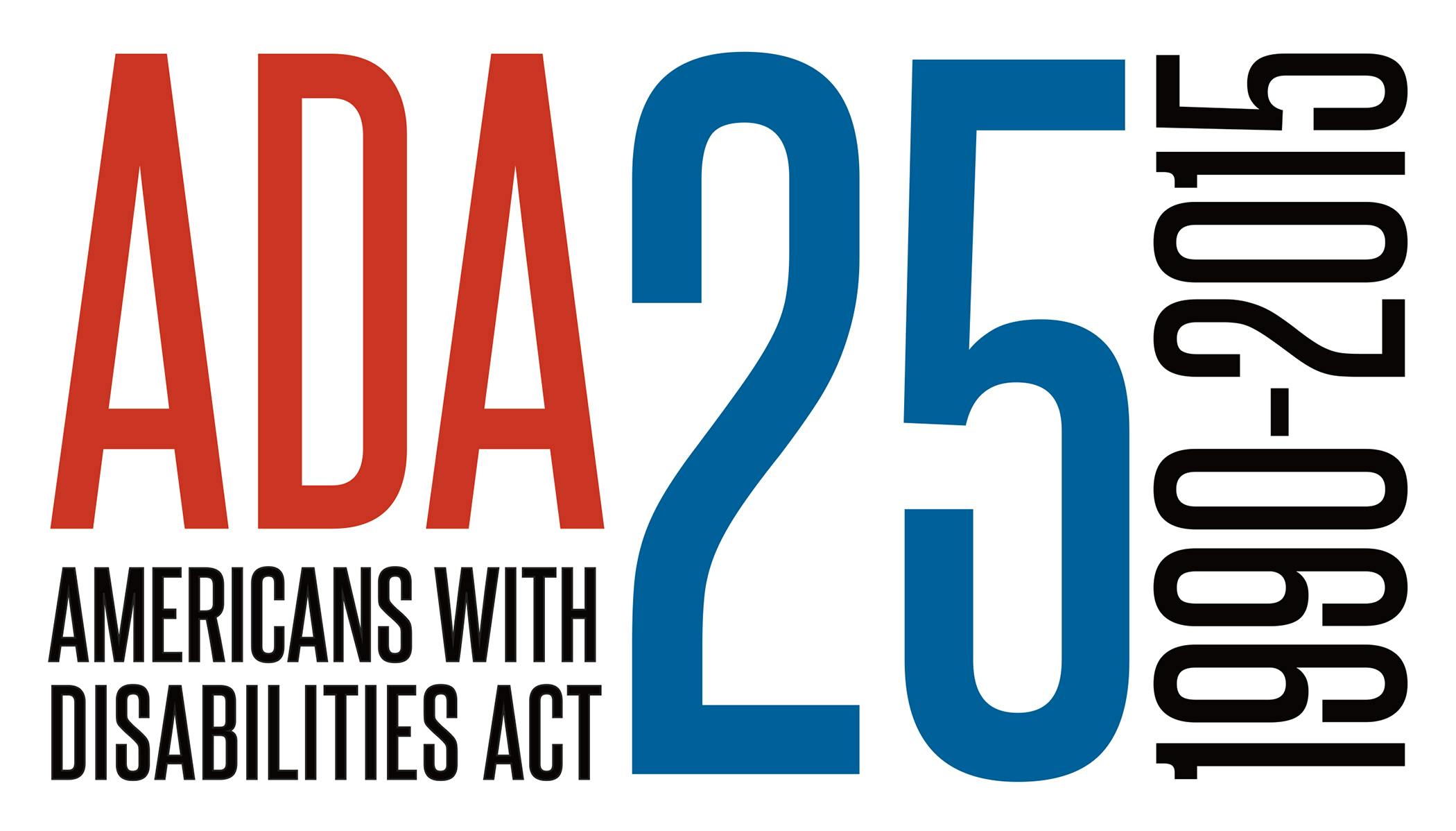By Eric B. Meyer
The Americans with Disabilities Act requires an employer to accommodate an employee with a disability, if doing so will enable that individual to perform the essential functions of the job.
The exception is if the accommodation would create undue hardship for the employer.
But when is that duty to accommodate triggered?
In Son v. Baptist Healthcare Affiliates, Inc., the plaintiff informed her employer that she had epilepsy. The plaintiff was later discharged from her position when her employer reasonably believed that the plaintiff had voluntarily resigned.
She never asked employer for an accommodation
Indeed, because the plaintiff was unable to show that her employer’s articulated reason for ending her employment was pretextual, her disability discrimination claim failed.
And so did her failure-to-accommodate claim.
You see, while the plaintiff informed her employer that she had a disability, that didn’t go far enough. Indeed, the plaintiff never specifically requested an accommodation.
Absent an accommodate request, an employer need not engage in an interactive dialogue to determine what accommodation(s), if any, would be reasonable to provide.
A tried-and-true formula
However, according to the EEOC (and plain old common sense), there is an exception to the rule:
An employer should initiate the reasonable accommodation interactive process without being asked if the employer: (1) knows that the employee has a disability, (2) knows, or has reason to know, that the employee is experiencing workplace problems because of the disability, and (3) knows, or has reason to know, that the disability prevents the employee from requesting a reasonable accommodation.
But, here’s my tried-and-true advice: If you have a struggling employee, simply ask, “Are you OK? Is there anything I can do to help?” I swear, it works just as well for an individual without a disability as it does for someone covered under the ADA.
This was originally published on Eric B. Meyer’s blog, The Employer Handbook.
